Revolutionizing Creativity: How Desktop 3D Printers Are Transforming Home Projects
In an era where technology is reshaping our daily lives, desktop 3D printers have emerged as a powerful tool for innovation and creativity in home projects. These compact machines not only facilitate the design and production of unique items but also empower individuals to transform their imaginative ideas into tangible products. With the capability to create everything from custom home decor to intricate mechanical parts, a desktop 3D printer serves as an artist's canvas and an engineer's workshop, all rolled into one. As DIY enthusiasts and professionals alike explore the vast possibilities that these printers offer, they are redefining the creative landscape and inspiring a new generation of makers. This guide will delve into how to effectively utilize a desktop 3D printer, unlocking the full potential of this remarkable technology for various home-based projects.
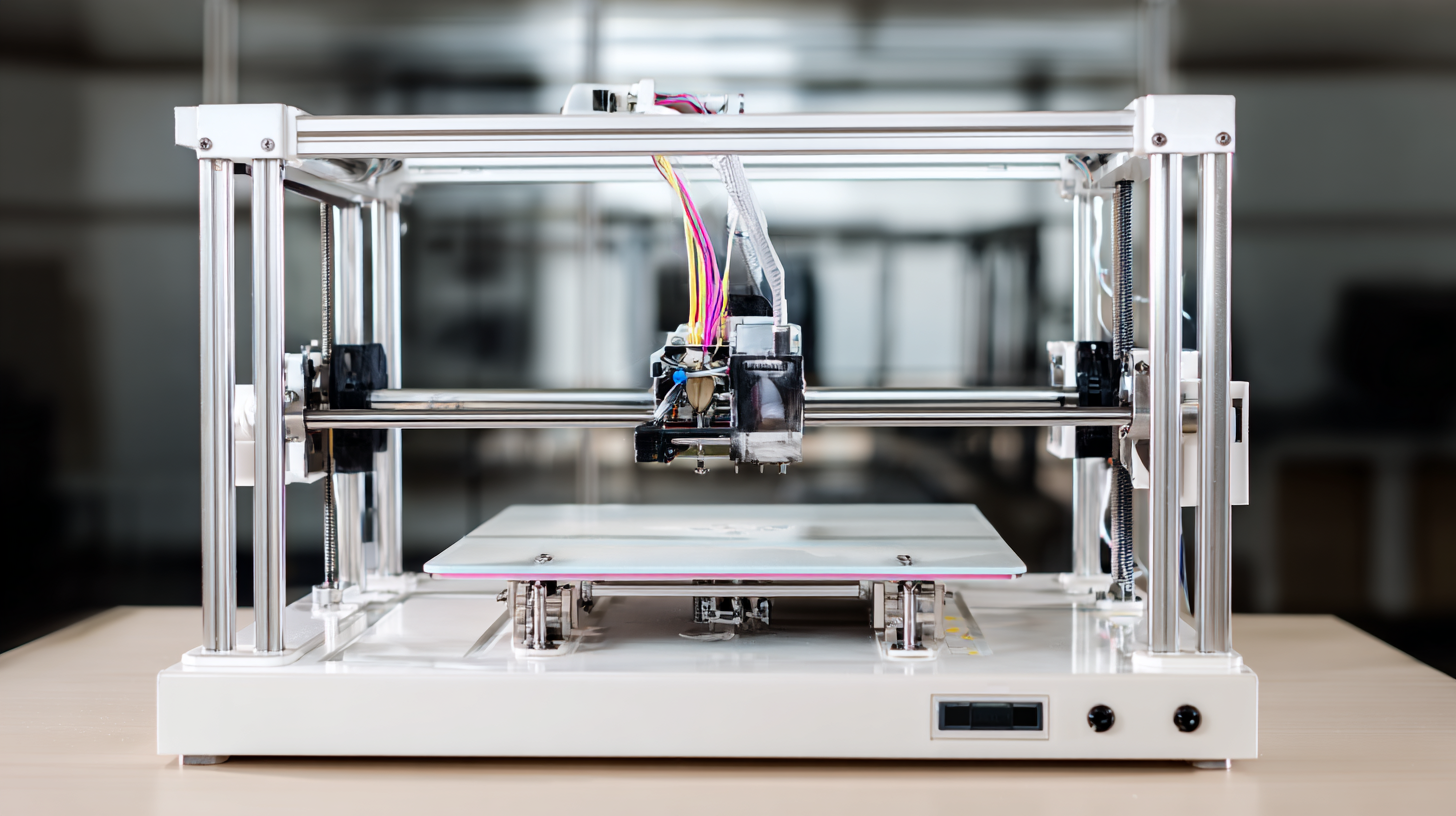
Exploring the Evolution of Desktop 3D Printers for Home Use
The evolution of desktop 3D printers has marked a significant shift in how individuals approach home projects. In recent years, the market for consumer 3D printers has expanded dramatically, with global revenue projected to reach $6.5 billion by 2025, according to a report by Market Research Future. This surge is driven by advancements in technology, making 3D printing more accessible and user-friendly for hobbyists and DIY enthusiasts alike. Modern printers now feature improved precision, faster printing speeds, and compatibility with a variety of materials, significantly enhancing their versatility for home applications.
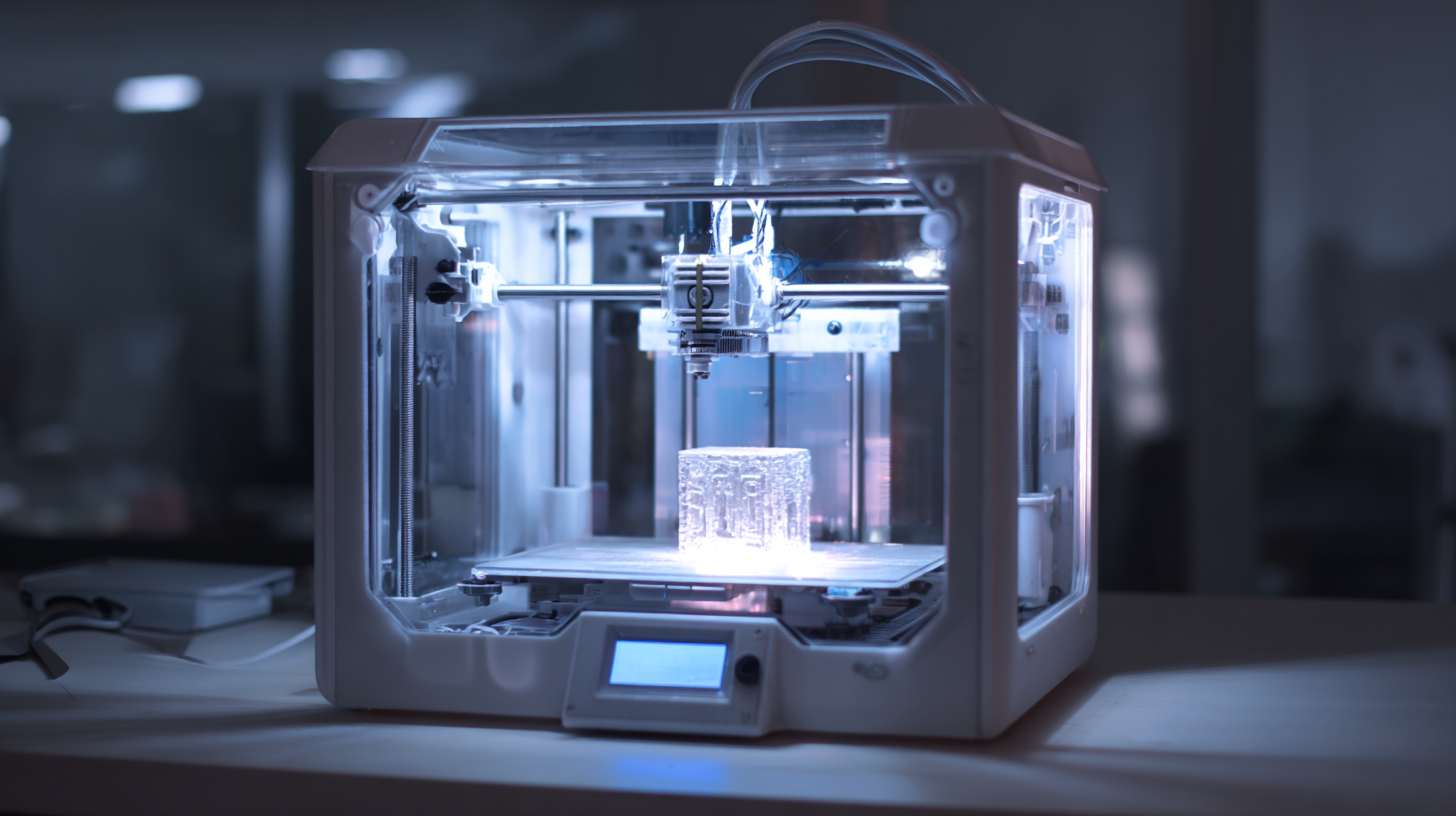
Moreover, the rise of online platforms dedicated to sharing designs and ideas has democratized the 3D printing landscape. Websites like Thingiverse host a plethora of designs ranging from practical household items to complex artistic creations, allowing users to easily access and modify these plans. A recent survey by Statista revealed that 40% of 3D printer users engage in personal projects, leveraging these tools for customized solutions that reflect their individual creativity and interests. This trend is not just transforming home projects but also fostering a culture of innovation that encourages experimentation and collaboration among users worldwide.
Key Features That Make Desktop 3D Printers Ideal for DIY Projects
Desktop 3D printers have emerged as a game-changer for DIY enthusiasts, dramatically reshaping how individuals approach home projects. With advancements in technology, these printers now boast key features that cater to the needs of the creative community. Notably, the ease of use is paramount. Many models come equipped with user-friendly interfaces and simplified software that require minimal technical skills, allowing users to execute intricate designs with just a few clicks. According to a report by Wohlers Associates, the global 3D printing market is projected to reach $35.4 billion by 2024, highlighting the growing accessibility and significance of this technology among hobbyists.
Another significant feature that makes desktop 3D printers ideal for DIY projects is their versatility in materials. Modern printers support a wide range of filaments, including PLA, ABS, and PETG, which can be used to create items from household tools to decorative art. This versatility not only expands the range of possible projects but also allows homeowners to craft customized solutions to fit their specific needs. A survey by 3D Printing Industry found that 39% of respondents used 3D printing for prototyping and product design, affirming its role in fostering creativity and innovation in home-based projects. As these technologies continue to evolve, the potential for custom creations appears limitless, making desktop 3D printers an essential asset for any DIYer.
Revolutionizing Creativity: Popular Applications of Desktop 3D Printers in DIY Projects
Innovative Home Project Ideas: Turning Imagination into 3D Reality
The advent of desktop 3D printers has opened a Pandora's box of creativity for DIY enthusiasts, enabling users to transform their imaginative visions into tangible objects. With an increasing number of households acquiring this technology, innovative home projects have begun to flourish. For instance, a recent report by the 3D Printing Industry states that the global 3D printing market is expected to reach $34.8 billion by 2024, highlighting the potential of this transformative tool not just in industry but also in domestic creativity.
Homeowners are now exploring diverse project ideas, ranging from custom home decor to functional household tools. One standout project involves creating personalized organizers and storage solutions that cater to individual needs, effectively merging aesthetics with utility. Similarly, as families engage more with technology, combining 3D printing with virtual reality holds promise for interactive home projects. For instance, using VR to visualize designs before printing can streamline the process and enhance creativity, making home customization an exciting and engaging family activity. As new software tools emerge, such as those facilitating moodboarding and budget tracking, DIY projects are becoming more sophisticated, turning imaginative concepts into 3D reality.
Revolutionizing Creativity: How Desktop 3D Printers Are Transforming Home Projects
| Project Idea | Required Time (hours) | Skill Level | Estimated Cost ($) |
|---|---|---|---|
| Custom Phone Stand | 2 | Beginner | 10 |
| Planter Pot with Self-Watering | 4 | Intermediate | 15 |
| Wall Art Sculpture | 6 | Advanced | 25 |
| Board Game Pieces | 3 | Beginner | 8 |
| Custom Cookie Cutters | 1 | Beginner | 5 |
Cost-Effective Materials and Techniques for Home 3D Printing Success
The rise of desktop 3D printers is revolutionizing creativity in home projects, largely due to the availability of cost-effective materials and techniques that empower hobbyists and DIY enthusiasts. Industry reports indicate that the global 3D printing market is projected to reach $34.8 billion by 2024, driven by the increasing adoption of affordable desktop printers, which have dropped in price by nearly 90% over the past decade. These advancements allow individuals to experiment with a range of materials such as PLA and PETG filaments, which not only reduce costs but also offer versatility for various projects.
Tips for successful home 3D printing include selecting the right filament for your project. PLA is ideal for beginners due to its ease of use and environmentally friendly properties, while PETG provides increased strength and flexibility for more demanding applications. Additionally, calibrating your printer correctly can enhance print quality significantly. Regular maintenance checks on your printer can help maintain its longevity, ensuring that you get the best results with every print.
Furthermore, experimenting with open-source software can help optimize your 3D designs without incurring additional costs. Software like Cura or PrusaSlicer allows users to access customizable settings that improve print quality and reduce material waste. Embracing these tools can lead to innovative creations while keeping expenses manageable, a perfect combination for the modern creator.
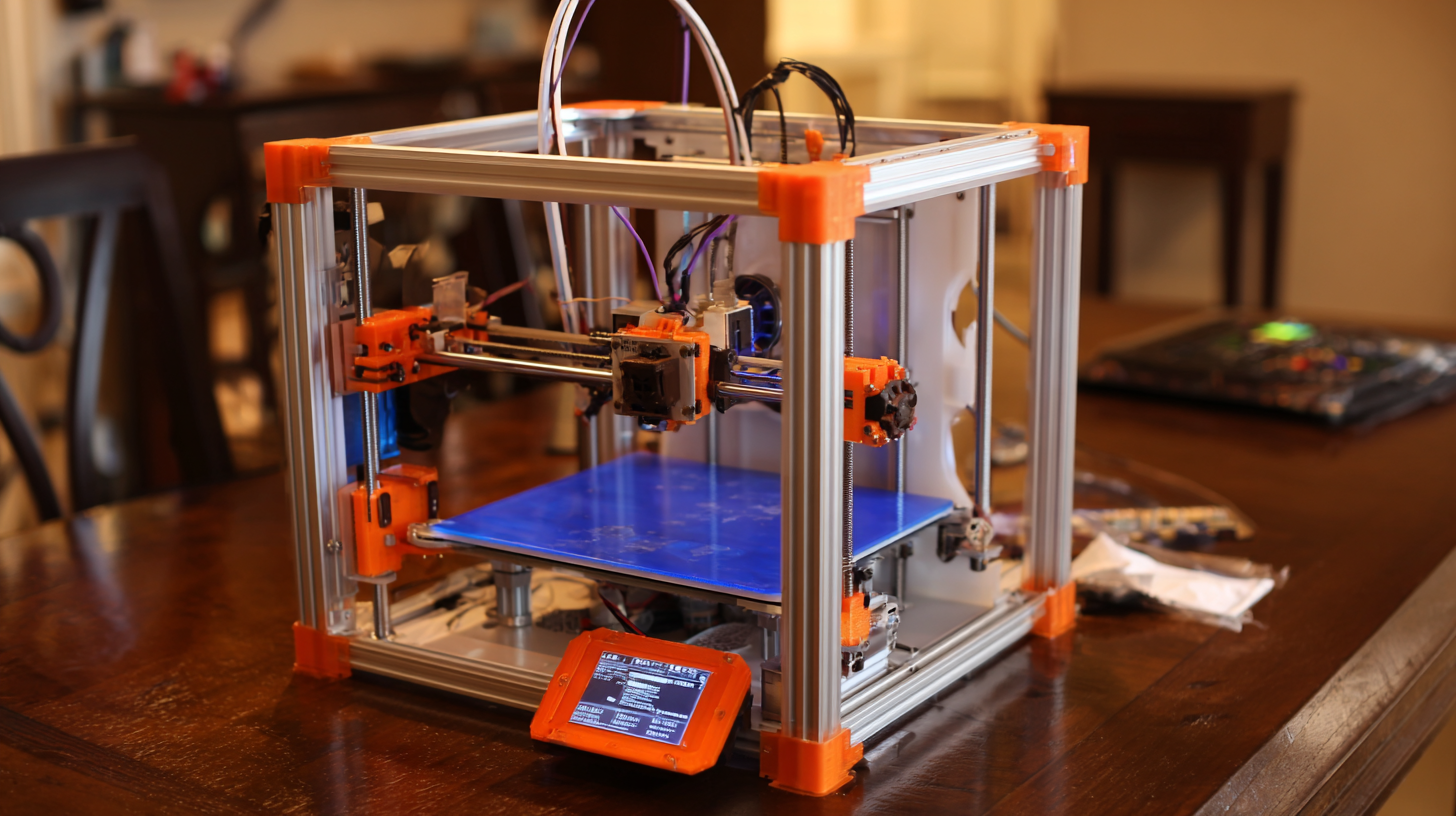
Tips for Beginners: Navigating Challenges in Home 3D Printing
Entering the world of home 3D printing can be both exciting and overwhelming for beginners. One of the first challenges newcomers face is selecting the right printer. With various models available, it’s essential to consider factors such as print quality, build size, and material compatibility. Beginners should look for user-friendly options, ideally with extensive community support and resources available online. This can help ease the learning curve and provide valuable tips shared by other users who have navigated similar challenges.
Another common hurdle is mastering the software used for designing or modifying 3D models. Many beginners might feel intimidated by complex design programs. However, there are several beginner-friendly platforms that offer intuitive interfaces and comprehensive tutorials. Engaging with online forums and communities can further facilitate learning, as members often share tips, model files, and troubleshooting advice. By cultivating a supportive network, beginners can build confidence, overcome obstacles, and fully embrace the creative possibilities that home 3D printing has to offer.
Related Posts
-

Ultimate Guide to Choosing the Best Enclosed 3D Printer for Your Business Needs
-

Unlocking the Future: Top 5 Digital Innovations in High-End 3D Printing
-
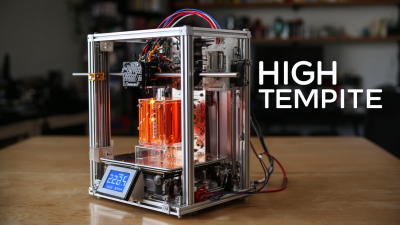
7 Essential Tips for Choosing the Best High Temperature 3D Printer
-
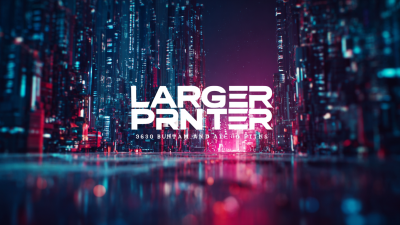
Understanding the Benefits of the Best Large 3D Printer for Global Buyers
-

Elevating Global Standards: How China's Top 3D Printers Redefine Business Quality
-

Ultimate Checklist for Choosing the Best Enclosed 3D Printer for Your Business Needs